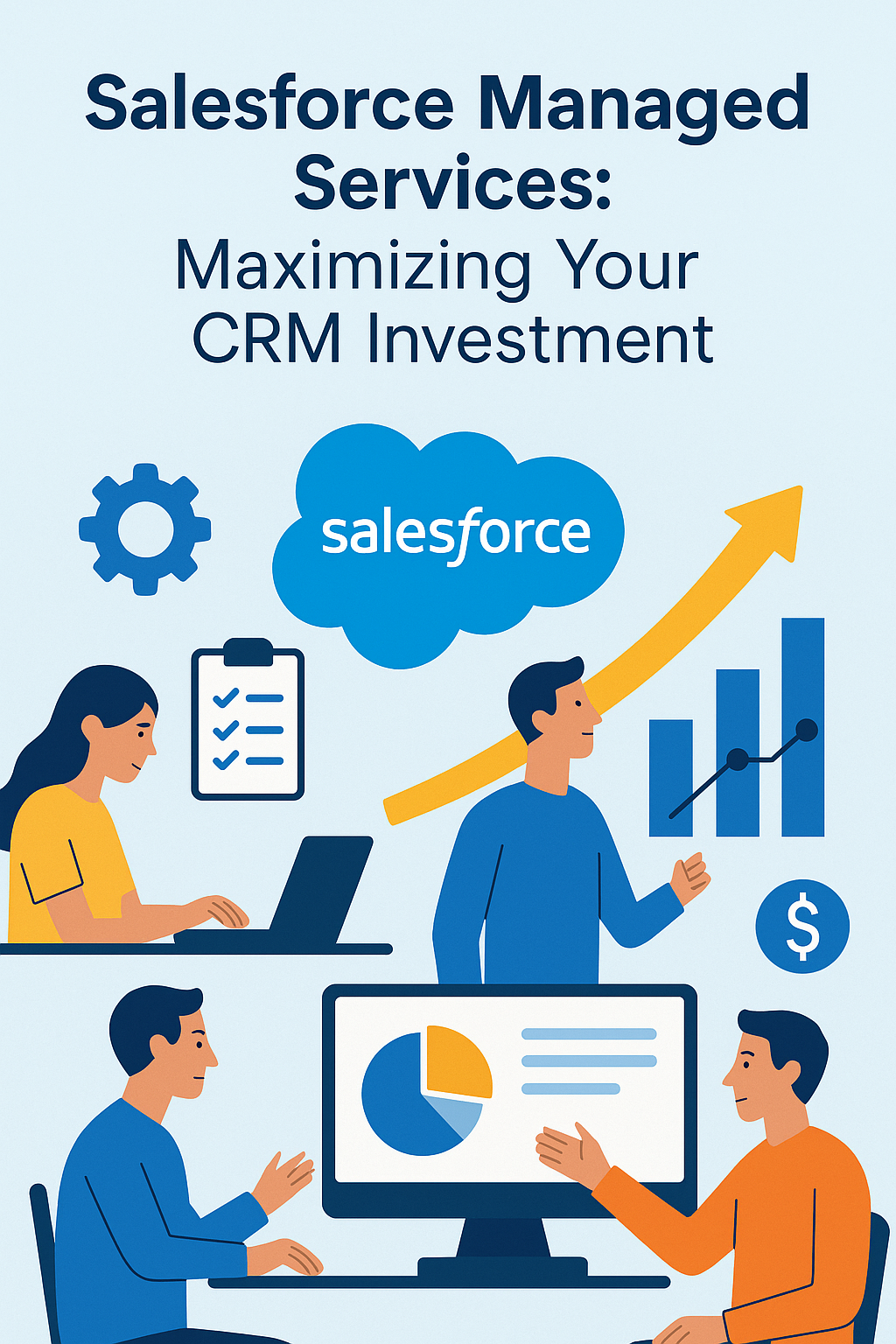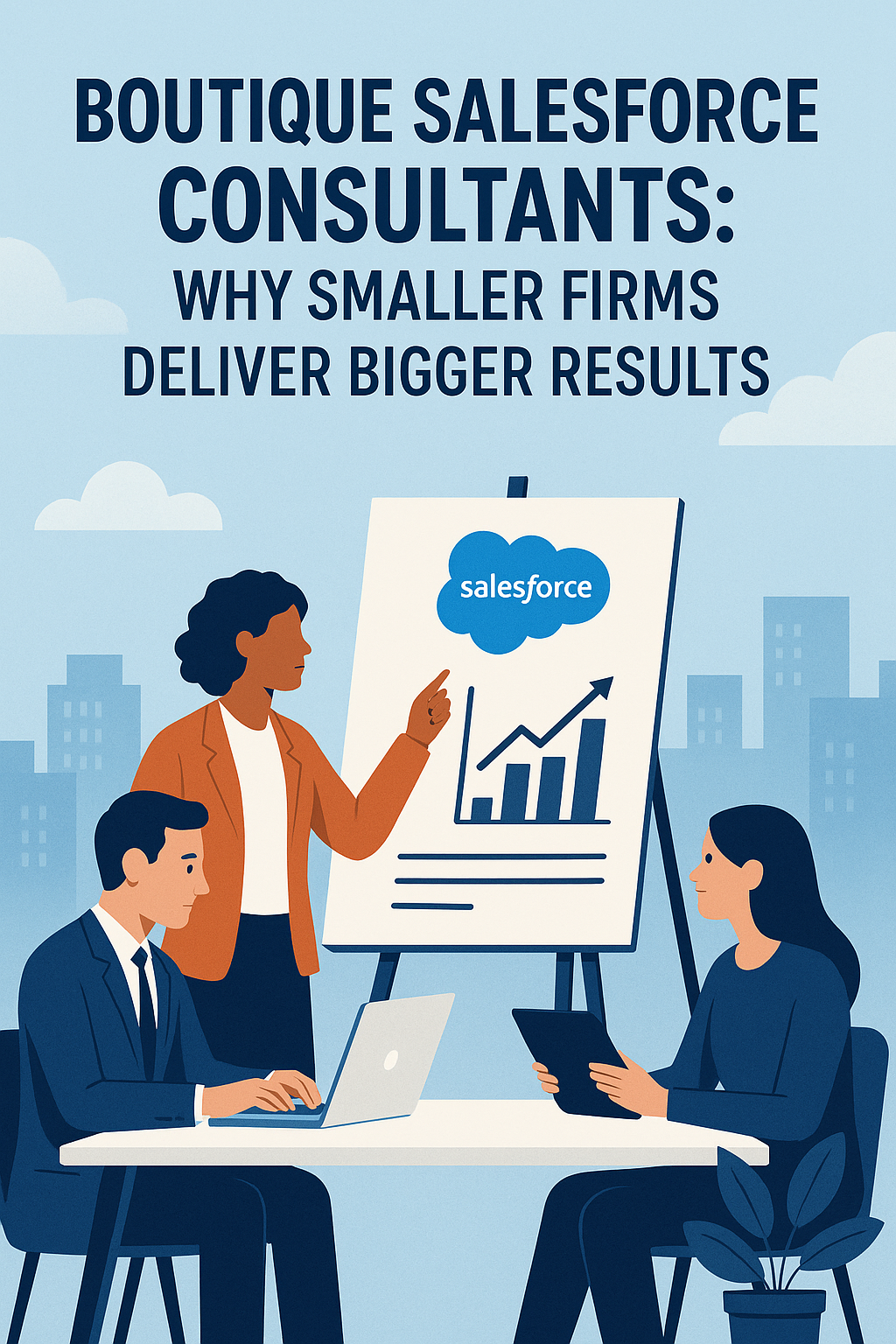

Seamlessly integrating HubSpot and Salesforce can be a game-changer for businesses in the financial services industry, unlocking new levels of efficiency and customer insight.
The Importance of Integrating HubSpot and Salesforce in Financial Services
In the financial services sector, maintaining robust customer relationships and efficient operations is critical. Integrating HubSpot and Salesforce can significantly enhance these aspects by unifying marketing, sales, and customer service efforts. This integration ensures that customer data is seamlessly shared between platforms, providing a 360-degree view of customer interactions and facilitating more personalized service.
By synchronizing marketing automation with customer relationship management, firms can better align their strategies, improve lead tracking, and enhance customer engagement. This not only drives operational efficiency but also supports compliance with industry regulations through centralized data management.
Key Considerations for a Successful Integration
Before commencing the integration process, it is crucial to define clear organizational goals and objectives. Understanding what you aim to achieve—whether it's improved lead management, enhanced customer insights, or streamlined operations—will guide the integration strategy.
Other key considerations include data mapping, compatibility between the platforms, and the potential need for custom development. Ensuring data integrity during the transfer process is essential, as is addressing any potential security concerns to comply with data privacy regulations.
Step-by-Step Guide to Integrating HubSpot and Salesforce
-
Preparation and Planning: Begin by auditing your existing data and processes. Identify key stakeholders and establish clear integration goals.
-
Set Up Integration: Utilize the native HubSpot-Salesforce connector or consider custom API solutions for more tailored requirements. Configure settings to align with business needs.
-
Data Mapping and Syncing: Map fields between HubSpot and Salesforce to ensure data consistency. Test the data sync process on a small scale before full implementation.
-
Customization and Automation: Tailor workflows and automation rules to fit your business processes. Ensure that lead and contact data flows efficiently between systems.
-
Testing and Validation: Conduct thorough testing to identify any issues. Validate data accuracy and system functionality.
-
Training and Rollout: Educate your team on the new integrated system. Gradually implement the integration, monitoring performance and making necessary adjustments.
Common Challenges and How to Overcome Them
One common challenge is data inconsistency, which can be mitigated by thorough data cleaning and validation before integration. Ensuring that both platforms use consistent data formats and conventions is crucial.
Another challenge is user adoption. Providing comprehensive training and clear documentation can help ease the transition for your team. Additionally, having a dedicated support team to address any issues promptly is essential for maintaining confidence in the new system.
How Our Firm Can Facilitate a Seamless Integration
At Vantage Point, we specialize in helping financial services organizations bridge the gap between HubSpot and Salesforce. Our expert team provides end-to-end support, from initial planning and data mapping to customization and ongoing management.
With over 20 years of experience in niche financial segments, we understand the unique challenges of the industry and offer tailored solutions to ensure a smooth and efficient integration. Our hands-on project leads and US-based senior resourcing guarantee that your integration will not only meet your business objectives but also comply with stringent data privacy and security standards.




